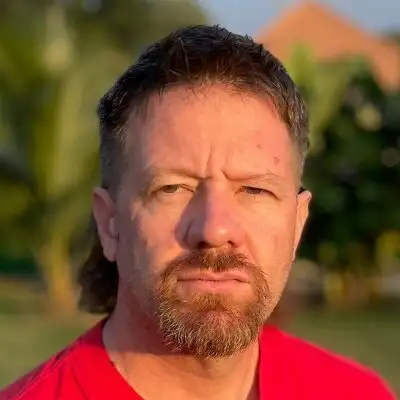A potassium reserve in the soil: non-exchangeable and mineral K
I talk about two research projects in which one would have every expectation that the grass would respond to K fertilizer, but did not. What happened? The grass was able to get all the K it needed from the release of mineral and non-exchangeable K in the sands. This has obvious implications for soil test interpretation and K fertilizer recommendations.
I talked about this blog post: https://www.asianturfgrass.com/post/potassium-reserve-in-the-soil/
The Dest and Guillard article about the bentgrass grown in eight different sands is available at https://opencommons.uconn.edu/cgi/viewcontent.cgi?article=1017&context=plsc_articles
Bier et al. on the six year study with more Microdochium where K was applied, and no response to added K, is at https://doi.org/10.1007/s11104-018-3765-8
The Dest and Guillard article about the bentgrass grown in eight different sands is available at https://opencommons.uconn.edu/cgi/viewcontent.cgi?article=1017&context=plsc_articles
Bier et al. on the six year study with more Microdochium where K was applied, and no response to added K, is at https://doi.org/10.1007/s11104-018-3765-8
Find out more about soil tests with ATC at https://www.asianturfgrass.com/project/soil-tests/
See GCSAA Conference seminars at https://gcsaaconference.com/
See GCSAA Conference seminars at https://gcsaaconference.com/
Creators and Guests

Host
Micah Woods
I'm chief scientist at the Asian Turfgrass Center and director of the @paceturf information service. Some current projects include #OM246, #ClipVol, and #MLSN.
